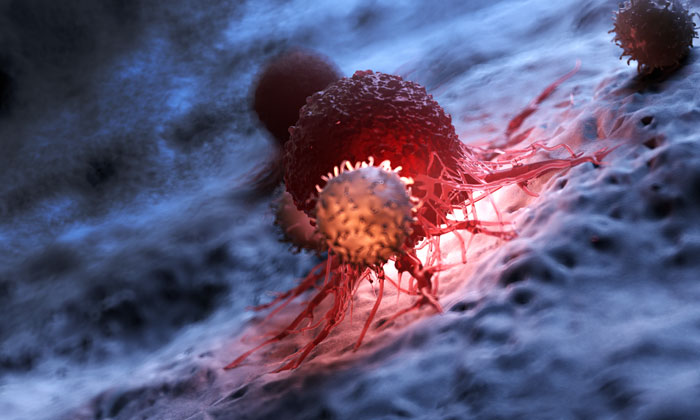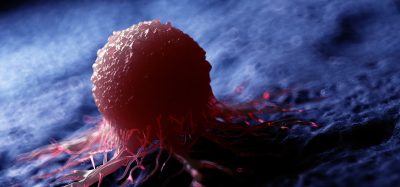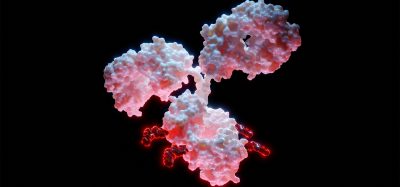Scientists have discovered important redundancies in T cells
Posted: 21 June 2019 | Drug Target Review | No comments yet
Redundancies have been discovered in the biochemical signalling pathways of immune cells which could impact cancer immunotherapy.


Researchers from ETH Zurich have discovered redundancies in the biochemical signalling pathways of immune cells which has important implications for advances in cancer immunotherapy, among other areas.
With the great strides made in immune checkpoint inhibition to render tumour cells’ interaction with checkpoint molecules impossible and eliminate tumours, a team of scientists at ETH Zurich and Aix-Marseille University has now taken a closer look at the checkpoint molecule, PD-1. Until now, there had been little research into just how the PD-1 handshake signal is transmitted within T cells to prevent the cells being activated but the scientists have delved deeper into the important molecules in the biochemical signalling pathway of PD-1, including the enzyme SHP-2.
In doing so, the scientists have now shown that when SHP-2 is lacking, a related molecule, SHP-1, performs its role.
“SHP-1 and SHP-2 can replace each other,” said Peter Blattmann, a postdoc in the group led by Matthias Gstaiger, Senior Scientist at the Institute of Molecular Systems Biology at ETH Zurich. “So it’s not enough to attack just one of these molecules – you have to target both simultaneously.”
“Investigating how T cells transmit checkpoint molecule signals internally holds potential not only for cancer research, but also immunology in general,” Gstaiger added. “We’re dealing with molecules that activate immune cells and molecules that inhibit those cells. Like yin and yang, these molecules maintain the equilibrium in the immune system and prevent immune reactions from getting out of hand.”
To ascertain which molecules interact with the PD-1 surface molecule, the researchers conducted experiments with mouse T cells, isolating the PD-1 molecule and several dozen molecules that bind to PD-1.
They were able to identify these molecules using SWATH-MS, a mass spectrometry approach that was developed at ETH Zurich.
The study is published in Cell Reports.
Related topics
Antibodies, Disease Research, Enzymes, Immunotherapy, Research & Development, T cells
Related conditions
Cancer
Related organisations
ETH Zurich
Related people
Matthias Gstaiger, Peter Blattmann








